Effective ad design combines graphic design principles with strategic marketing to create visual content that captures attention and drives action. Whether you’re promoting a product, service, or brand across digital platforms or traditional media, your design choices directly impact audience engagement and conversion rates.
Understanding the fundamentals of ad design helps you create compelling advertisements that stand out in crowded marketplaces and deliver measurable results. Modern ad design requires balancing creativity with data-driven strategies, considering factors like color psychology, typography, visual hierarchy, and platform-specific requirements.
You’ll discover how to navigate the entire design process from concept to execution, explore essential design elements that make ads effective, and learn about the tools and platforms that streamline ad creation. This comprehensive approach ensures your advertising visuals not only look professional but also achieve your marketing objectives across various channels and formats.
Key Takeaways
- Ad design merges creative visual elements with marketing strategy to produce compelling promotional content
- Successful advertisements require understanding design fundamentals, audience psychology, and platform specifications
- The right combination of tools, processes, and design principles enables you to create ads that generate conversions across multiple channels
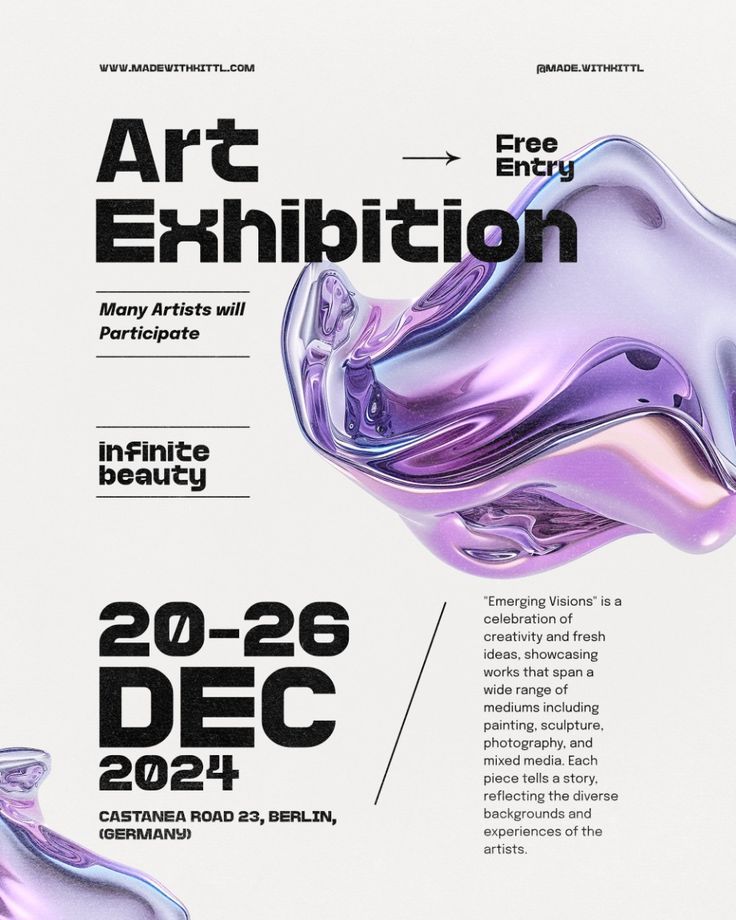
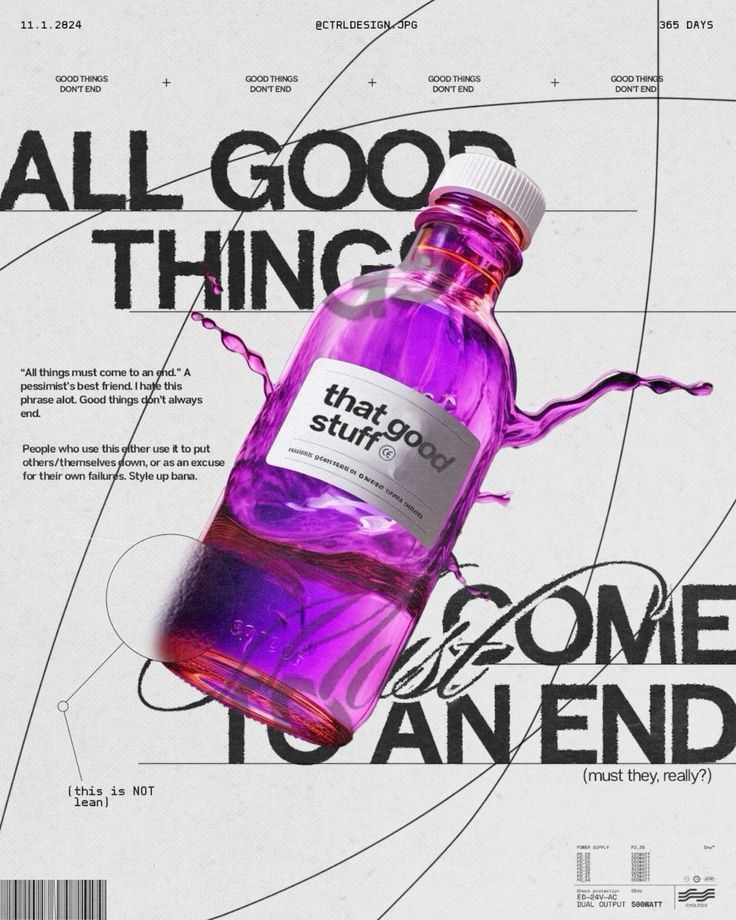
Fundamentals of Ad Design
Ad design combines strategic communication principles with visual elements to create promotional content that connects with target audiences. Understanding the definition, core principles, and various advertisement formats provides the foundation for effective advertising campaigns.
Definition and Importance
Ad design is the creation of visual content used to promote products, services, or brands across multiple media channels. This discipline merges artistic creativity with marketing strategy to deliver messages that capture attention and drive consumer action.
The importance of effective ad design cannot be understated in today’s competitive marketplace. Well-designed advertisements increase brand recognition, generate leads, and boost conversion rates. Poor design choices can waste marketing budgets and damage brand credibility.
Key benefits of professional ad design include:
- Enhanced brand visibility and recall
- Improved customer engagement rates
- Higher conversion percentages
- Stronger competitive positioning
- Increased return on advertising investment
Advertisement design serves as the bridge between your business objectives and consumer needs. It transforms complex marketing messages into digestible visual communications that resonate with specific audiences.
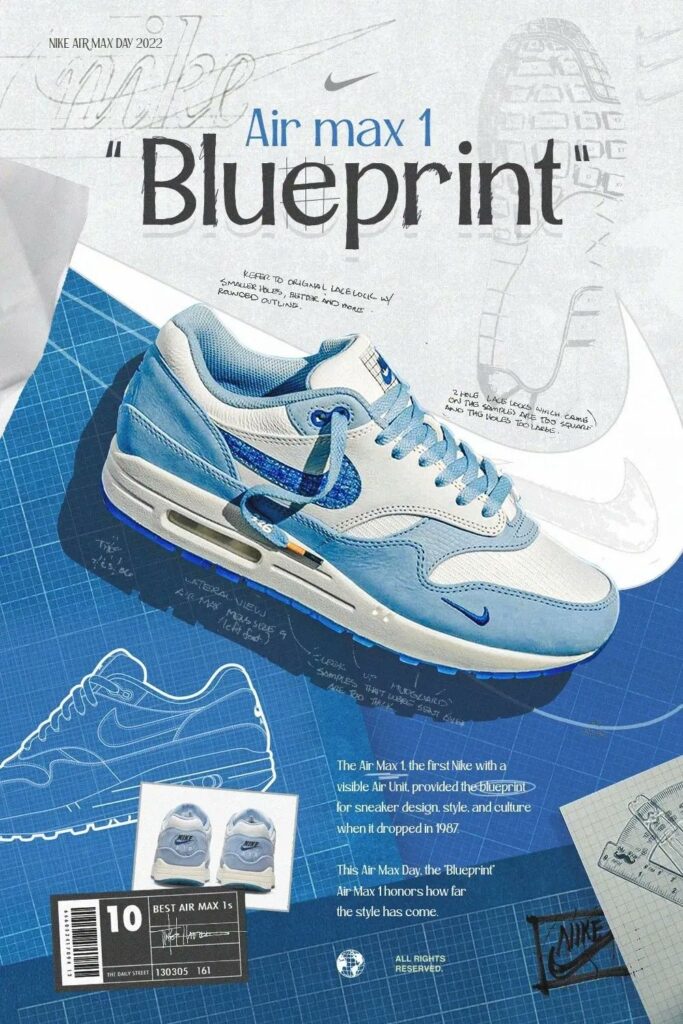

Core Design Principles
Several fundamental principles guide effective advertisement creation. These principles ensure your designs communicate clearly while maintaining visual appeal and brand consistency.
Hierarchy establishes the order in which viewers process information. Use size, color, and positioning to guide the eye from headline to call-to-action. The most important elements should dominate the composition.
Contrast creates visual interest and improves readability. Apply contrasting colors, fonts, and shapes to separate different design elements. High contrast between text and background ensures legibility across all viewing conditions.
Balance distributes visual weight evenly throughout the composition. Symmetrical balance creates formal, stable designs. Asymmetrical balance feels more dynamic and modern while maintaining visual stability.
Alignment connects related elements and creates clean, organized layouts. Consistent alignment reduces visual clutter and helps viewers navigate your message efficiently.
Color psychology influences emotional responses and brand perception. Warm colors like red and orange create urgency. Cool colors like blue and green suggest trust and reliability.
Advertisement Types in Ad Design
Different advertisement formats require specific design approaches and considerations. Each type serves unique marketing objectives and audience preferences.
Digital display ads appear on websites, social media platforms, and mobile applications. These advertisements must load quickly and remain effective at various screen sizes. Common formats include banner ads, square ads, and vertical sidebar placements.
Print advertisements include newspaper ads, magazine placements, and direct mail pieces. Print design requires high-resolution imagery and careful typography selection. Color accuracy and paper quality significantly impact the final result.
Outdoor advertising encompasses billboards, transit ads, and street-level signage. These designs must communicate messages quickly to moving audiences. Bold typography and simplified layouts work best for roadside visibility.
Video advertisements combine motion graphics, sound, and storytelling elements. These ads appear on television, streaming platforms, and social media feeds. Timing and pacing become critical design considerations.
Social media ads adapt to platform-specific requirements and user behaviors. Instagram emphasizes visual aesthetics while LinkedIn favors professional messaging. Each platform has unique dimensions and content guidelines.
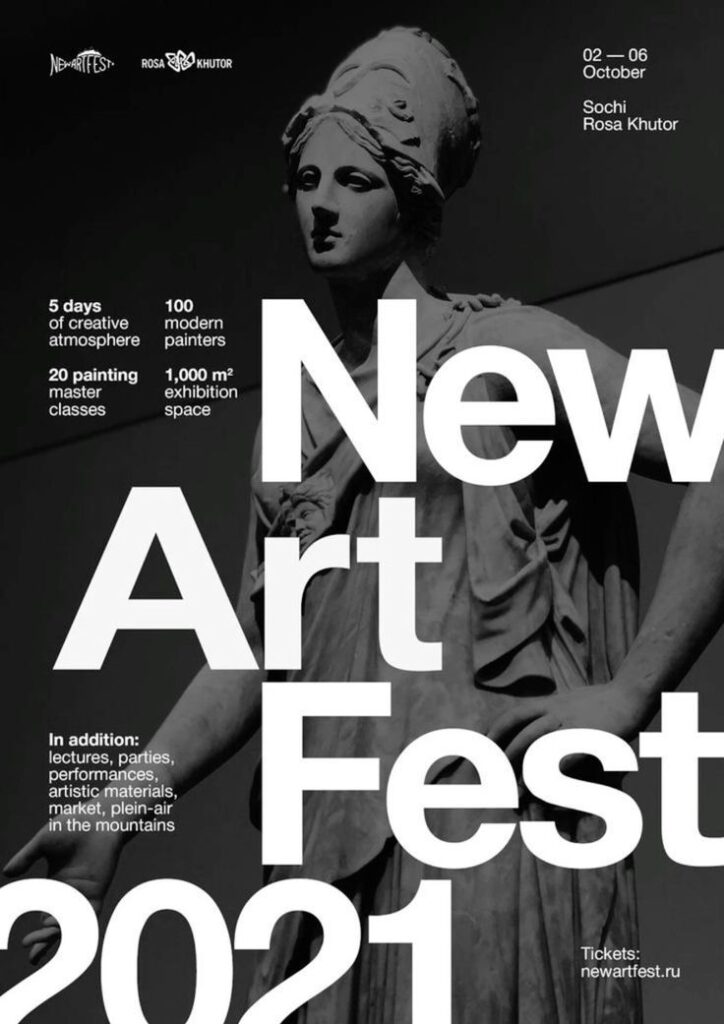
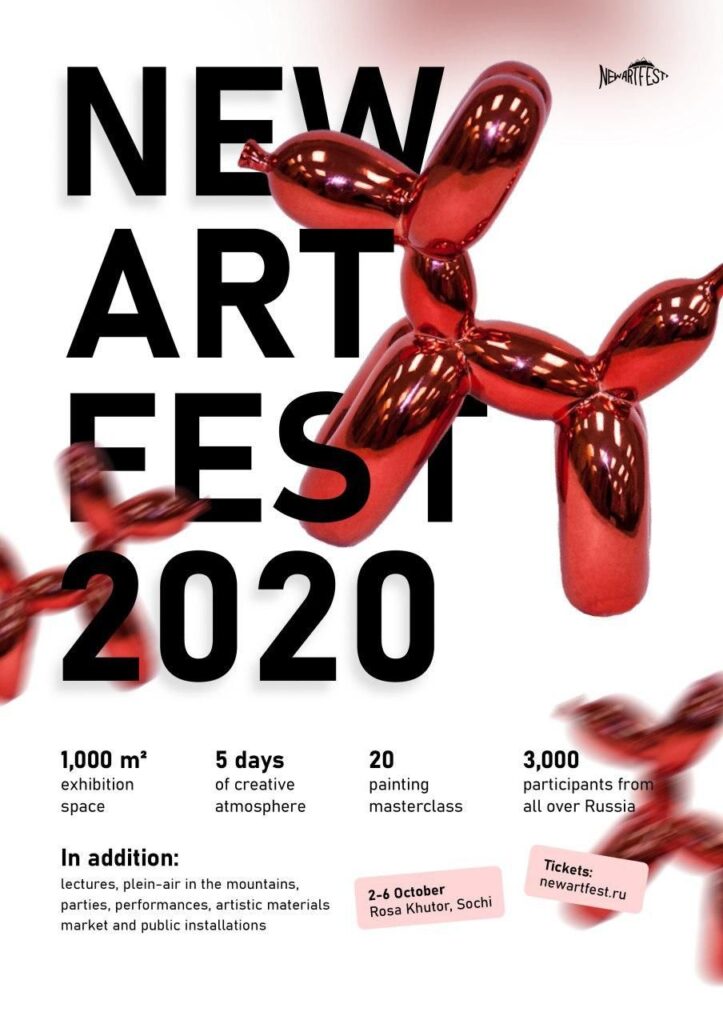
The Creative Ad Design Process
Effective ad design begins with three foundational steps that determine campaign success. Market research provides strategic insights, audience identification ensures targeted messaging, and budget planning allocates resources efficiently.
Market Research and Strategy
Market research forms the backbone of successful ad design campaigns. You need to analyze competitor strategies, industry trends, and consumer behavior patterns before creating any visual elements.
Competitive Analysis helps you identify gaps in the market. Study your competitors’ ad designs, messaging approaches, and visual styles to find opportunities for differentiation.
Brand Positioning Research clarifies how your product fits within the market landscape. This research informs design choices like color schemes, typography, and overall aesthetic direction.
Performance Data Analysis from previous campaigns provides actionable insights. Review metrics such as:
- Click-through rates by design type
- Conversion rates across different visual approaches
- Engagement levels with various messaging styles
Market Trend Research keeps your ad design current and relevant. Monitor design trends, emerging platforms, and shifting consumer preferences that impact visual communication effectiveness.
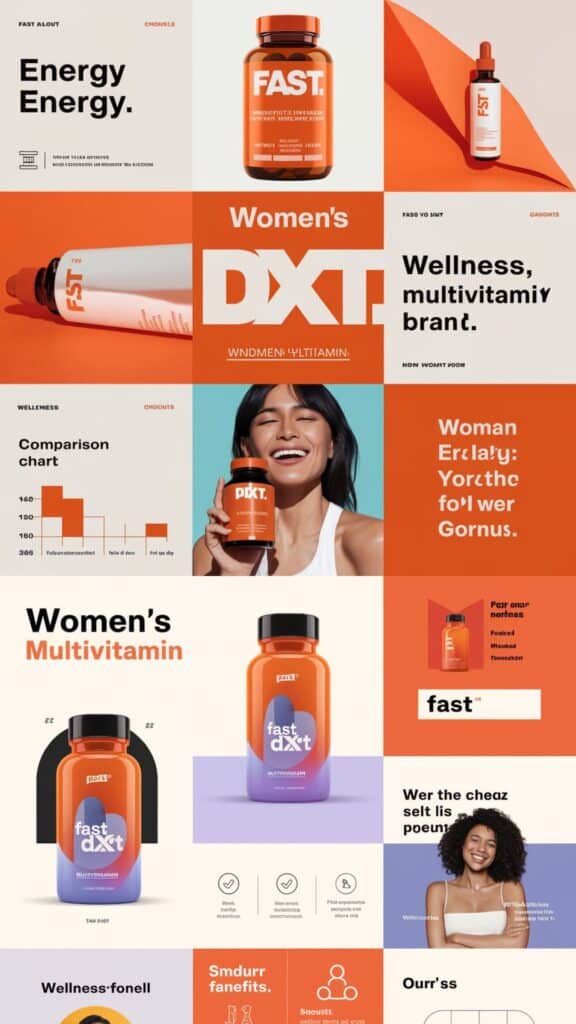

Target Audience Identification
Precise audience identification drives every design decision in your ad creation process. You must understand demographics, psychographics, and behavioral patterns to create resonant visual content.
Demographic Profiling establishes basic audience parameters. Age, gender, income level, and geographic location directly influence design elements like imagery, color choices, and messaging tone.
Behavioral Analysis reveals how your audience interacts with advertisements. This includes preferred platforms, content consumption habits, and response patterns to different visual stimuli.
Pain Point Mapping identifies specific problems your audience faces. Your ad design should visually communicate solutions through imagery, headlines, and call-to-action placement.
Platform Preferences determine format requirements and design constraints. Different audiences gravitate toward specific platforms, each requiring tailored visual approaches and technical specifications.
Budget and Resource Planning
Strategic budget allocation ensures your ad design process delivers maximum impact within financial constraints. You need to balance creative quality with cost efficiency across all design elements.
Design Resource Allocation determines whether to use in-house teams, freelancers, or agencies. Consider your budget, timeline, and required expertise level for optimal resource distribution.
Platform-Specific Budgeting accounts for varying costs across advertising channels. Social media ads require different investment levels than display advertising or print campaigns.
Creative Asset Planning outlines required design deliverables. Factor in costs for photography, illustration, video production, and graphic design elements based on campaign scope.
Testing Budget Reserves allow for A/B testing different design variations. Allocate 10-15% of your budget for testing creative elements to optimize performance before full campaign launch.
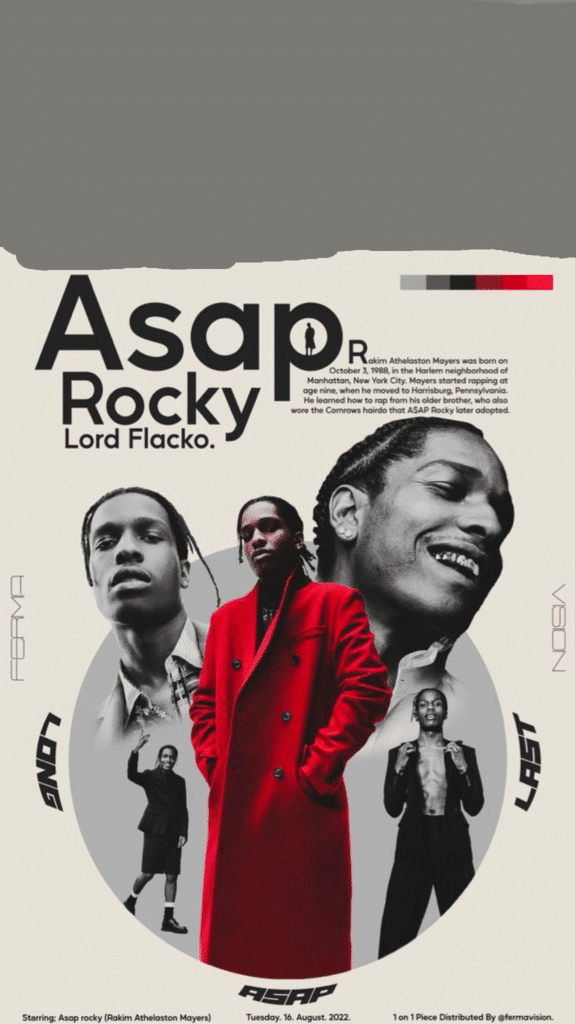
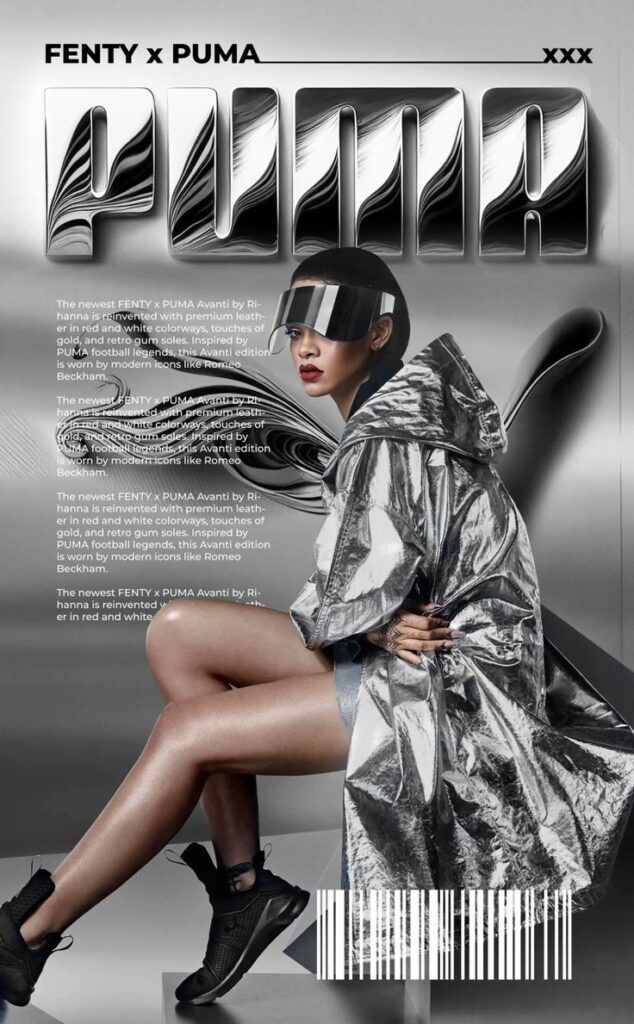
Key Elements of Effective Ad Design
Strategic design elements work together to create advertisements that capture attention and drive action. Visual hierarchy guides the viewer’s eye, while color and typography choices reinforce your message and brand identity.
Visual Hierarchy and Layout
Visual hierarchy determines how viewers process your ad content. You control this flow through strategic placement of elements, sizing, and contrast.
Primary Focus Areas:
- Headlines should occupy 20-30% of your ad space
- Key visual elements need prominent positioning
- White space creates breathing room and emphasis
Your most important message belongs in the upper left or center of the layout. This follows natural reading patterns and ensures maximum visibility.
Use the rule of thirds to position critical elements. Divide your ad space into a 3×3 grid and place key components at intersection points.
Size and Contrast Principles:
- Largest elements draw attention first
- High contrast creates focal points
- Similar elements should maintain consistent sizing
Typography hierarchy supports your visual structure. Use no more than three font sizes to maintain clarity and avoid overwhelming viewers.
Color and Fonts
Color psychology influences viewer emotions and actions. Different colors trigger specific responses that can enhance or undermine your message effectiveness.
Strategic Color Applications:
- Red creates urgency and excitement
- Blue builds trust and reliability
- Green suggests growth and sustainability
- Orange promotes enthusiasm and creativity
Your brand colors should appear consistently across all ad elements. This builds recognition and reinforces brand identity with every impression.
Font Selection Guidelines:
Sans-serif fonts work best for digital advertising due to screen readability. Limit your design to two font families maximum to maintain visual cohesion.
Primary fonts should handle headlines and key messages. Secondary fonts can support body text and supplementary information.
Readability Requirements:
- Minimum 12pt font size for body text
- High contrast between text and background
- Adequate line spacing for comfortable reading
Call to Action Strategies
Your call to action (CTA) converts viewers into customers. This element requires careful consideration of placement, wording, and visual treatment.
Effective CTA Placement:
- Bottom right corner for natural reading flow
- Central positioning for maximum visibility
- Separate from other text elements
CTA buttons should contrast sharply with your background colors. This creates visual separation and draws immediate attention to your desired action.
CTA Language Best Practices:
- Use action verbs like “Get,” “Start,” or “Download”
- Keep text under four words when possible
- Create urgency with time-sensitive language
Button design affects click-through rates significantly. Rounded corners and subtle shadows make buttons appear more clickable than flat designs.
Your CTA should be the second most prominent element after your main headline. Size it appropriately to command attention without overwhelming other important content.
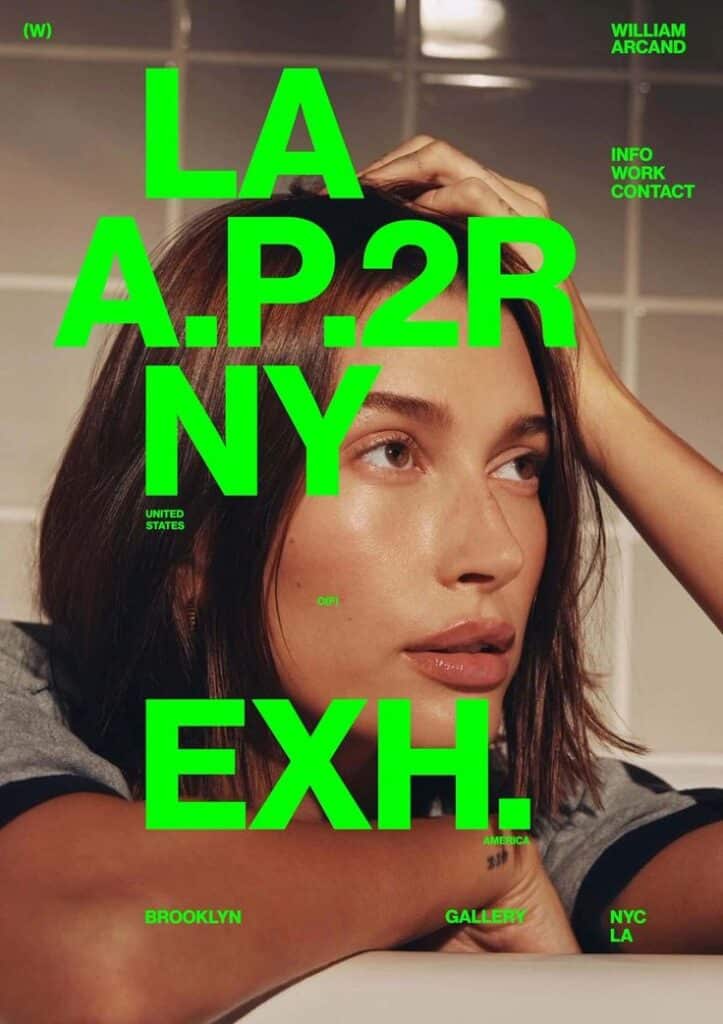

Ad Design Tools, Templates, and Platforms
Modern ad creation relies on accessible design platforms that offer pre-built templates and collaborative features. These tools eliminate the need for extensive design experience while providing professional-quality results.
Ad Templates and Customization
Ad templates serve as the foundation for quick campaign creation. Most platforms offer thousands of customizable templates across different formats and industries.
Templates typically include preset dimensions for specific platforms like Facebook, Instagram, and Google Ads. You can modify colors, fonts, images, and text to match your brand identity.
Key template features include:
- Industry-specific designs
- Multiple format options (square, banner, story)
- Brand color integration
- Logo placement guides
Customization options range from basic text editing to complete layout restructuring. Advanced templates allow you to adjust spacing, add design elements, and incorporate your visual assets seamlessly.
Popular Ad Design Tools
Canva leads the market with beginner-friendly tools and extensive template libraries. The platform offers drag-and-drop functionality and free access to basic features.
Adobe Express provides professional-grade templates with seamless integration across Adobe products. You get access to premium fonts and design elements.
PosterMyWall specializes in promotional materials with over 21,000 professional templates. The platform focuses on quick turnaround for marketing campaigns.
Visme combines ad creation with data visualization tools. You can create both static and animated advertisements within minutes.
Each platform offers different pricing tiers, asset libraries, and export options to suit various business needs.
Collaborative Design Platforms
Team-based ad creation requires platforms that support real-time collaboration and workflow management. These tools allow multiple designers and stakeholders to work together efficiently.
Creatopy offers AI-driven creative automation with team collaboration features. You can manage entire campaigns from concept to delivery.
Collaborative platforms typically include comment systems, version control, and approval workflows. Team members can provide feedback directly on designs without external communication tools.
Essential collaboration features:
- Real-time editing access
- Comment and review systems
- Brand guideline enforcement
- Asset sharing capabilities
These platforms streamline the approval process and ensure brand consistency across all team-created advertisements.

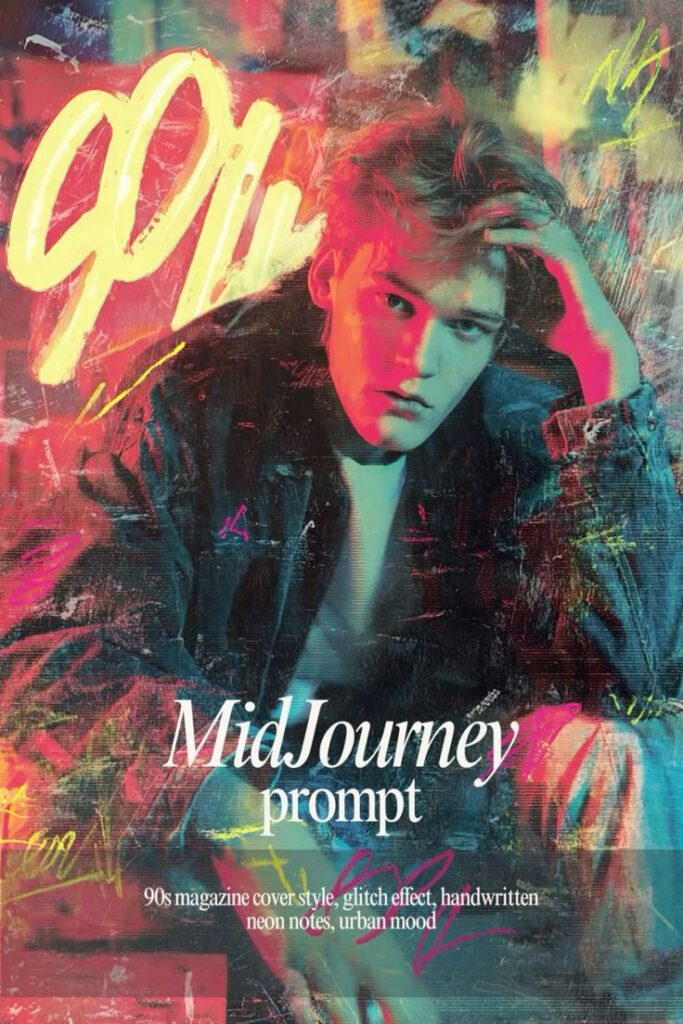
Designing Ads for Different Channels
Each advertising platform requires specific design approaches to maximize engagement and conversions. Social media demands thumb-stopping visuals, while video content needs strategic pacing and clear messaging within seconds.
Social Media Ad Design
Social media platforms require ads that capture attention within the first few seconds of scrolling. Visual hierarchy becomes critical as users scan content quickly on mobile devices.
Keep text minimal and use bold, contrasting colors that stand out against platform backgrounds. Facebook and Instagram ads perform better with 20% or less text overlay on images.
Design for mobile-first viewing since most social media consumption happens on smartphones. Your primary message should be readable at thumbnail size.
Use platform-specific dimensions to avoid cropping issues. Square formats (1:1) work well across most platforms, while vertical formats (4:5 or 9:16) maximize mobile screen real estate.
Include clear call-to-action buttons that match your campaign objective. Use action-oriented language like “Shop Now” or “Learn More” rather than generic phrases.
Video and Animations
Video ads require front-loading your most important message within the first 3-5 seconds. Most viewers decide whether to continue watching or scroll past during this critical window.
Animations should serve a purpose beyond decoration. Use motion to guide the viewer’s eye toward key information or demonstrate product functionality.
Keep animated elements simple and purposeful. Complex animations can distract from your core message and increase loading times across different devices.
Design videos that work with and without sound. Include captions or text overlays since many users watch videos on mute, especially in social media feeds.
Maintain consistent branding throughout the video timeline. Your logo, colors, and fonts should remain recognizable even in short clips.
YouTube Ads Best Practices
YouTube ads require different strategies depending on the ad format you choose. Skippable ads need compelling hooks within 5 seconds, while non-skippable ads have 15-20 seconds to deliver your message.
Create thumbnails that accurately represent your content while standing out among suggested videos. Use bright colors and clear imagery that remains visible at small sizes.
Design lower-third graphics and end screens that don’t interfere with YouTube’s interface elements. Leave space for the platform’s skip button and video controls.
Include your brand logo early in the video sequence. Many viewers may skip before reaching traditional closing brand placement.
Optimize for different viewing contexts, from mobile phones to desktop computers. Test your ads across various screen sizes to ensure readability and visual impact.
- 6.3Kshares
- Facebook0
- Pinterest6.3K
- Twitter3
- Reddit0


